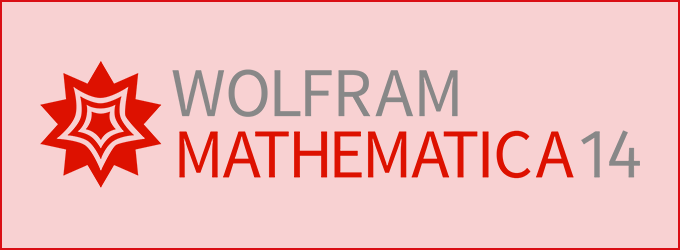New in Amsterdam Modeling Suite AMS 2025
The Amsterdam Modeling Suite 2025 extends its functionality with new workflows for accelerated OLED design, broader support for a range of machine learning potentials, and the introduction of periodic IR and Raman spectroscopy for materials analysis.
OLED Device Modeling & Organic Electronics
- Bumblebee 2025 – OLED Device Modeling beyond the 1D drift-diffusion model
- Advanced OLED Modeling : Explicit 3D morphologies, Molecular disorder and complex host-guest distributions, Layer interfaces and Exciplex materials
- Comprehensive Process & Interaction Analysis: Multiresonant TADF emitters, Hyperfluorescence, Exciton Annihilation, Polaron Quenching and Triplet Harvesting
- Optical Outcoupling for Light Management
- 10-50x faster than standard kinetic Monte Carlo
- Experimental or modeled input parameters
- Much faster Multiscale OLED Workflow via AMS
- Bumblebee input parameters from scratch
- Speedup: 5x faster
- GPU support via LAMMPS
- ADF
- ROKS-TDA excited states for open shell molecules with well-defined spin
- Accurate ionization potentials : New vertex correction beyond GW
- Exciton transfer integrals with ROSE or Fragment Orbital Constrained DFT (FOCDFT )
- Charge transfer integrals with FOCDFT
New Machine Learning Potentials
- Latest Machine Learning Potentials
- Instructions for how to run CHGNet, FairChem, MACE, MatterSim, ORB, and many more via AMS
- ASE calculators from any Python environment
New GUI Features
- Better Packmol Builder
- Much improved usability
- Easily pack by density, mole fraction, and more
- Support for Jupyter Notebooks in AMSjobs
- Faster startup
IR, Raman, Work Function, and Phonons with Quantum ESPRESSO
- IR and Raman spectra
- Work functions for surfaces
- Phonon band structures and thermodynamic properties
All-around improvements
- Updated Grimme’s D3 and D4 dispersion correction , now also available for actinides
- Broader range of exchange-correlation functionals: Libxc 7.0.0 , LAK metaGGA for accurate band gaps and energies
- Improved prediction of fluid thermodynamic properties and phase equilibria for associating fluids via COSMO-SAC DHB-MESP
- Full unscreened hybrids (like PBE0, B3PW) for band gaps






















